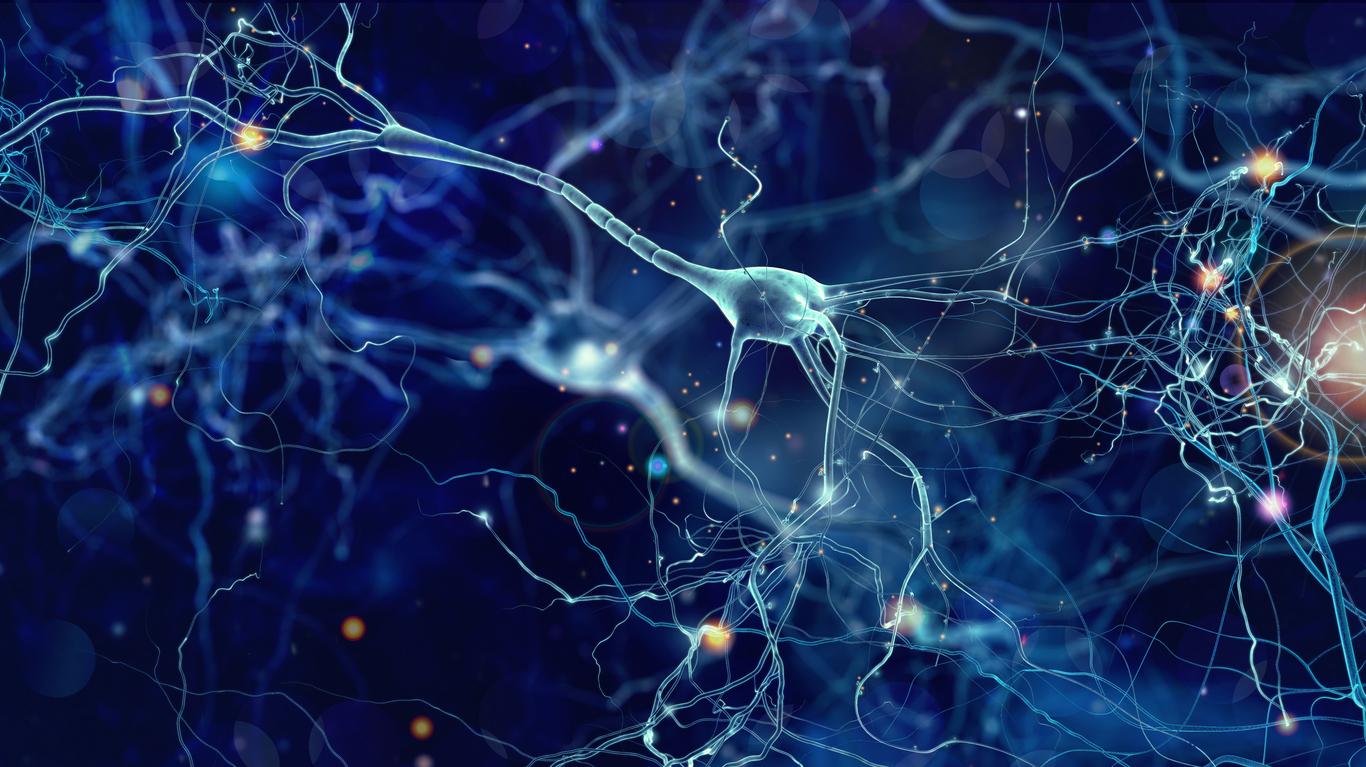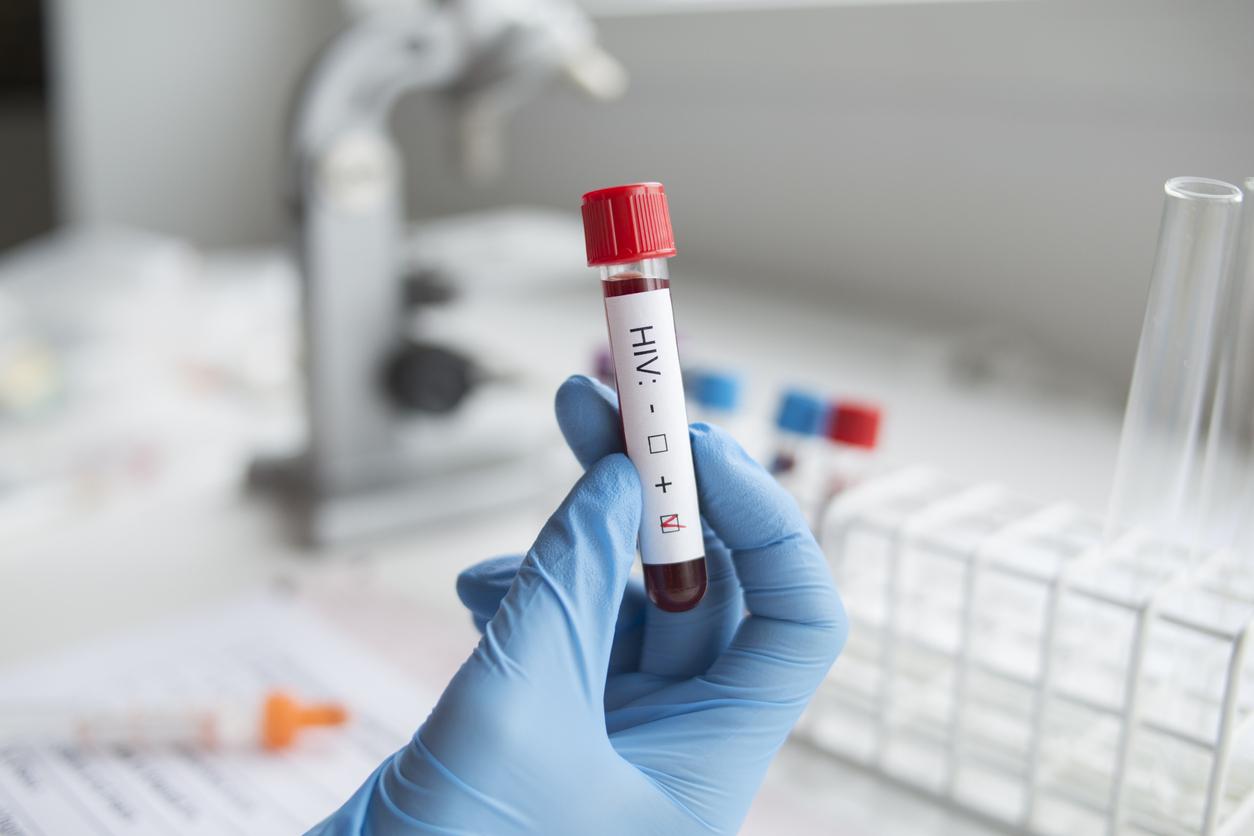Researchers from the University of Pennsylvania and Children’s Hospital of Philadelphia have developed a new laboratory model using three types of brain cells. Objective: to observe the influence of HIV and antiretroviral treatment on each of them to determine the origin of the neurocognitive disorders associated with the disease.
-1585689920.jpg)
- One in two patients infected with HIV suffers from cognitive disorders
- Better knowledge of the process that leads to these disorders makes it possible to better target therapies
Half of people with HIV (human immunodeficiency virus) suffer from neurocognitive disorders associated with the disease. It can be forgetfulness, confusion, behavioral changes, or even motor deficiencies.
To determine the origin of these disorders, researchers from theuniversity of pennsylvania (United States) andPhiladelphia Children’s Hospital looked closely at the influence of HIV and antiretroviral treatment — used against the disease — on the brain. Their results were presented in a study published in the scientific journal Cell Stem Cell.
A new system based on three types of brain cells
In order to carry out their work, the researchers created a new laboratory model from three types of brain cells. First, neurons, which are not directly affected by HIV but are damaged during infection.
Then, the astrocytes, supposed to interact with the neurons, which they damage by sending pro-inflammatory factors into the synapses. Finally, microglia cells—responsible for maintaining a healthy environment in the absence of disease—enlarge and contribute to inflammation during HIV infection.
EFZ drug reduces HIV infection
The specificity of this model? Each type of cell is produced independently and then mixed with the others so that researchers can prove how HIV and antiretroviral treatment impact cells, individually and together.
With the drug EFZ, used by several countries in antiretroviral treatment, the activity of most of the inflammatory pathways involved in HIV was reduced. “EFZ treatment of tri-cultures that included HIV-infected microglia cells decreases inflammation by approximately 70%”develops Sean Ryan, doctoral student at the University of Pennsylvania, in a communicated published on the institution’s website. Furthermore, EFZ triggered inflammation, but to a lesser extent than infection.
“Appropriately target additional therapies”
“It seems that the combination of infection and antiretroviral treatment creates its own response, which is different from the sum of its parts.underlines Sean Ryan. Knowing which pathways are still active due to antiretroviral treatment could help us appropriately target additional therapies so that patients do not develop HIV-associated neurocognitive disorders..”
By focusing solely on microglia, the researchers found that the cells perform their classic roles: keeping signaling systems balanced during their normal state, as well as activating and damaging them when fighting infection.
New HIV study underway
Based on the model developed with her team, Kelly Jordan-Sciutto, a professor at the University of Pennsylvania, now plans to study how HIV navigates through the blood-brain barrier, which normally protects the central nervous system from inflammation and infection. .
.















